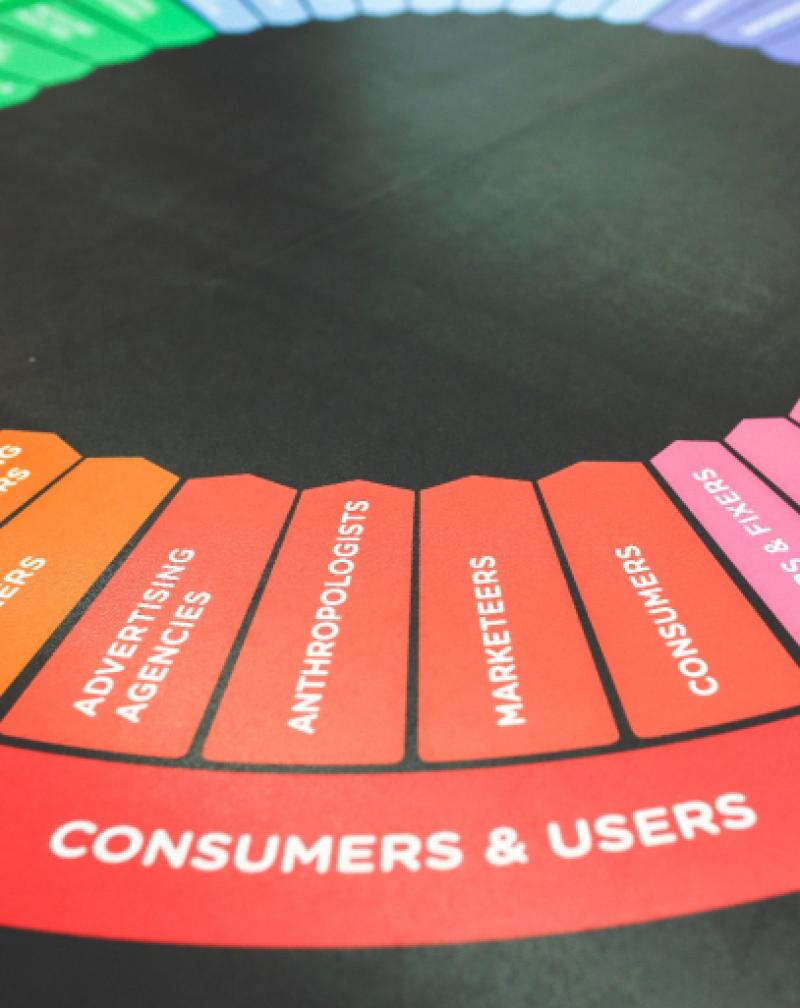
Part 1 - Strategies for growth and innovation
This focuses on what your business does and how you want it to develop in the future. We look at your business’s strengths and core capabilities, your opportunities, and your current and potential markets, as well as how innovation, digital adoption and new market penetration can be key drivers of productivity and growth.

Part 2 - Engaging with customers
This part focuses on why you do what you do, how you connect with your customers and how you effectively convey your values and purpose in your brand. We look at building demand, segmenting your markets, and achieving a targeted and strategic approach to marketing.

Part 3 - Building a sustainable and agile business
This part focuses on creating a suitable organisational structure to deliver your goals, and adopting good practice in the leadership and management of teams. We look at leading people through change and supporting the wellbeing of staff, as well as developing your people and introducing agile ways of working.

Part 4 - Operations and financial strategies
This part focuses on what happens in the business to create outputs, how you monitor progress and use information to inform decision-making. We look at a strategic approach to operations, financial management and options to finance growth, and how everything comes together in the implementation of your Growth Action Plan.
Download the full course brochure
Download the full Help to Grow: Management Course brochure for further information.
Finish the course with a Growth Action Plan
You will complete the programme with a unique Growth Action Plan. Over the course, your plan will be personally tailored to the challenges you face, including an organised set of actions and a plan on a page to share with your employees.
You will continue to receive support to grow your business through the Help to Grow: Management Alumni Network. This includes access to events, masterclasses and practical seminars, alongside other ongoing opportunities to engage with and learn from other like-minded businesses.
Still have questions? Check out our detailed Frequently Asked Questions.
Ready to register and start growing your business? Find the best course for you.


